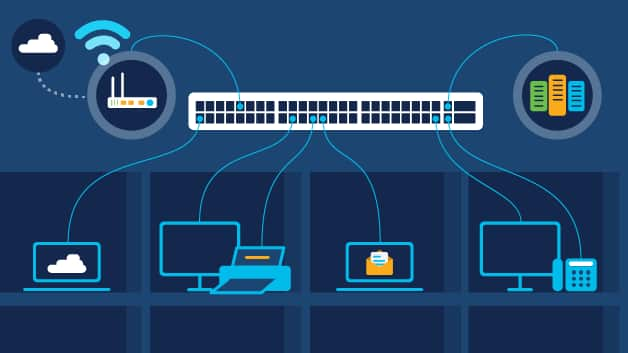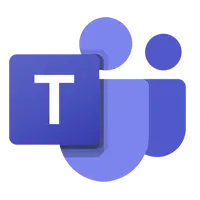 English
English Français
Français  日本語
日本語  Deutsch
Deutsch  한국어
한국어  русский
русский  Español
Español  Português
Português  tiếng Việt
tiếng Việt  Italiano
Italiano  Nederlands
Nederlands  ภาษาไทย
ภาษาไทย  Polski
Polski  Svenska
Svenska  magyar
magyar  Malay
Malay  বাংলা ভাষার
বাংলা ভাষার  Dansk
Dansk  Suomi
Suomi  हिन्दी
हिन्दी  Pilipino
Pilipino  Türkçe
Türkçe  Gaeilge
Gaeilge  العربية
العربية  Indonesia
Indonesia  Norsk
Norsk  تمل
تمل  český
český  ελληνικά
ελληνικά  український
український  Javanese
Javanese  فارسی
فارسی  தமிழ்
தமிழ்  తెలుగు
తెలుగు  नेपाली
नेपाली  Burmese
Burmese  български
български  ລາວ
ລາວ  Latine
Latine  Қазақша
Қазақша  Euskal
Euskal  Azərbaycan
Azərbaycan  Slovenský jazyk
Slovenský jazyk  Македонски
Македонски  Lietuvos
Lietuvos  Eesti Keel
Eesti Keel  Română
Română  Slovenski
Slovenski  मराठी
मराठी  Srpski језик
Srpski језик
Switched Ethernet
2022-09-22
Ethernet is a set of technologies and protocols that are used primarily in LANs. It was first standardized in 1980s as IEEE 802.3 standard. Ethernet is classified into two categories: classic Ethernet and switched Ethernet.
Switched Ethernet is a widely used Ethernet that can operate at high speeds of 100, 1000, and 10,000 MBPS in the form of fast Ethernet, gigabit Ethernet, and 10 gigabit Ethernet, respectively. The standard topology of Ethernet is a bus topology. However, fast Ethernet (100BASE-T and 1000BASE-T standards) uses switches for network connection and organization to minimize conflicts and maximize network speed and efficiency. In this way, the Ethernet topology becomes a star; But logically, Ethernet still uses bus topology and CSMA/CD (Carrier Sense Multiple Access/Collision Detection) bus technology.
In switched Ethernet, the hub connecting the stations of the classic Ethernet is replaced by a switch. The switch connects the high-speed backplane bus to all the stations in the LAN. The switch-box contains a number of ports, typically within the range of 4 – 48. A station can be connected in the network by simply plugging a connector to any of the ports. Connections from a backbone Ethernet switch can go to computers, peripherals or other Ethernet switches and Ethernet hubs.





